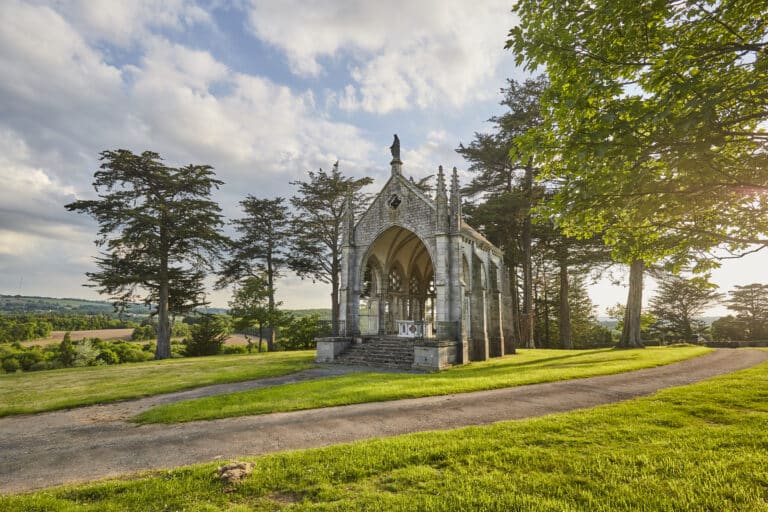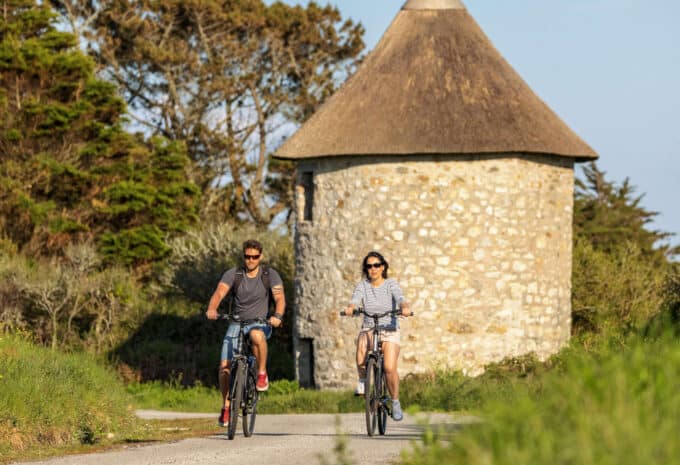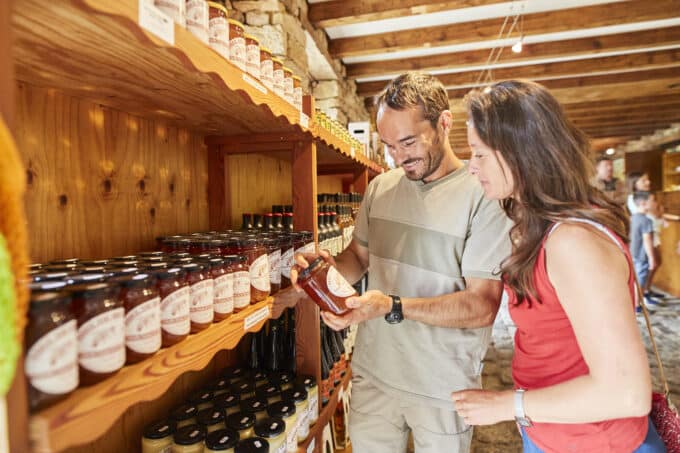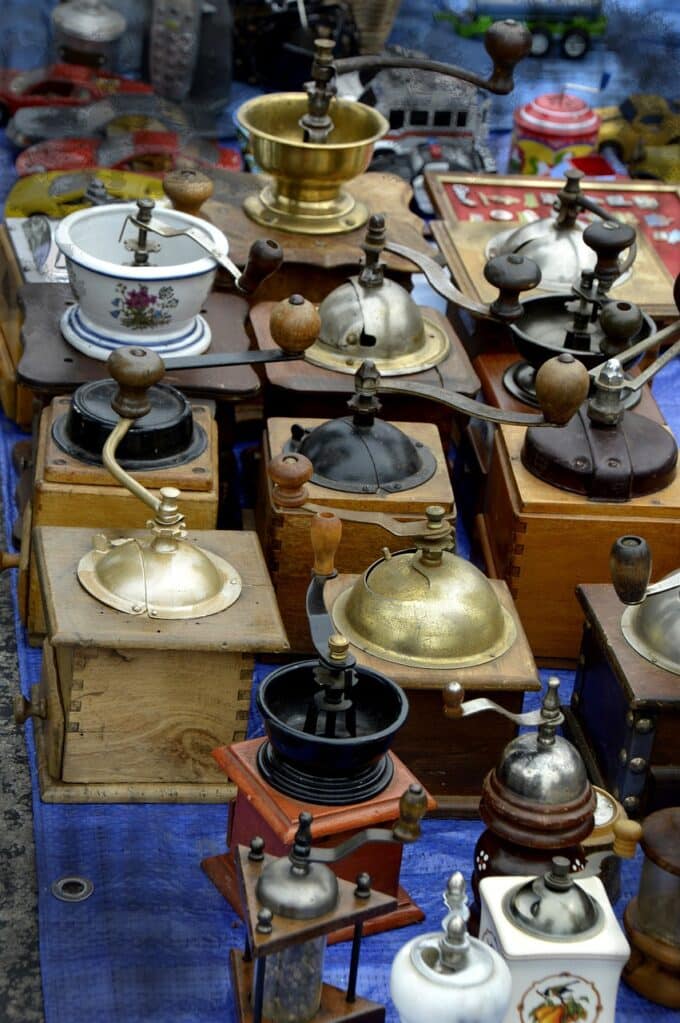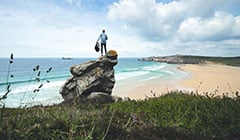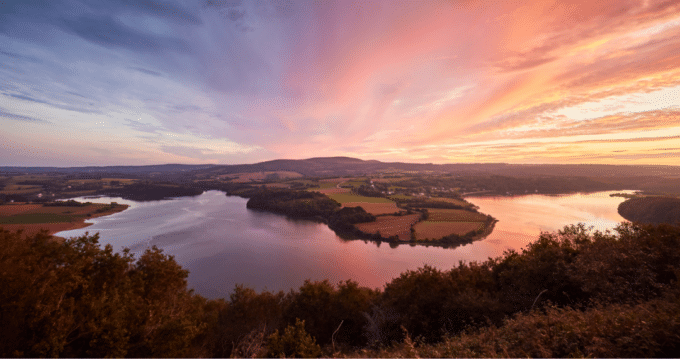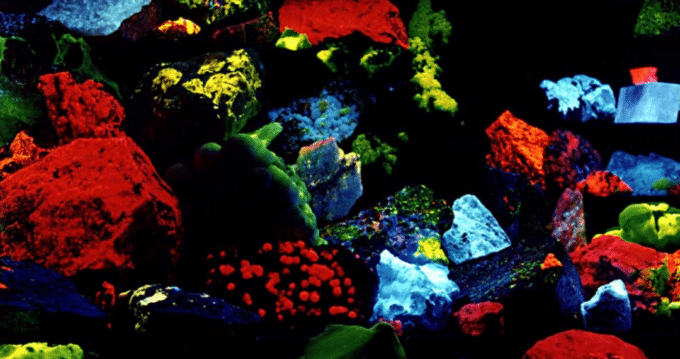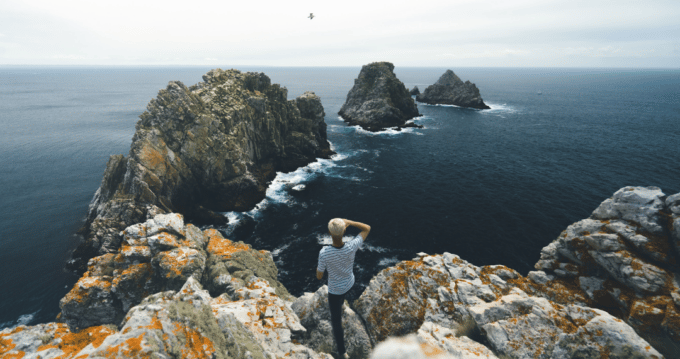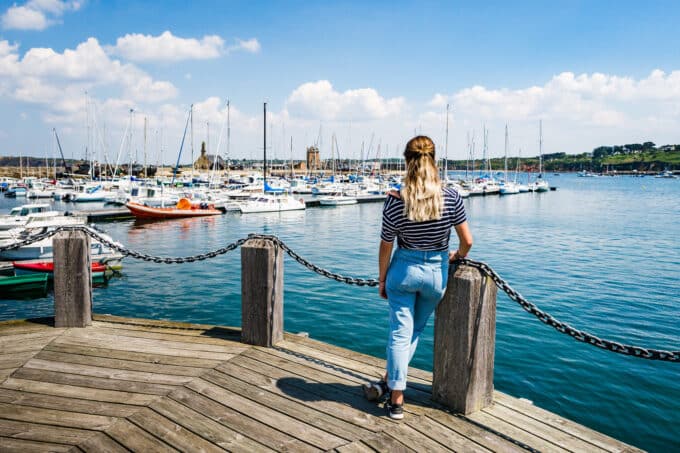
Port du Fret
This small Crozon port is the maritime gateway to the peninsula from the Brest roadstead. For a long time, the port's exchanges were commercial, mainly linked to fishing and shipbuilding. It was around these activities that the port developed, until it began to change at the beginning of the XXᵉ century with the arrival of tourists from the port of Brest to the north.
Today, it's still the port of call for trans-Atlantic links to Brest. Every summer, during the Festival du Bout du Monde, many festival-goers disembark, making the port look like a festive village.





